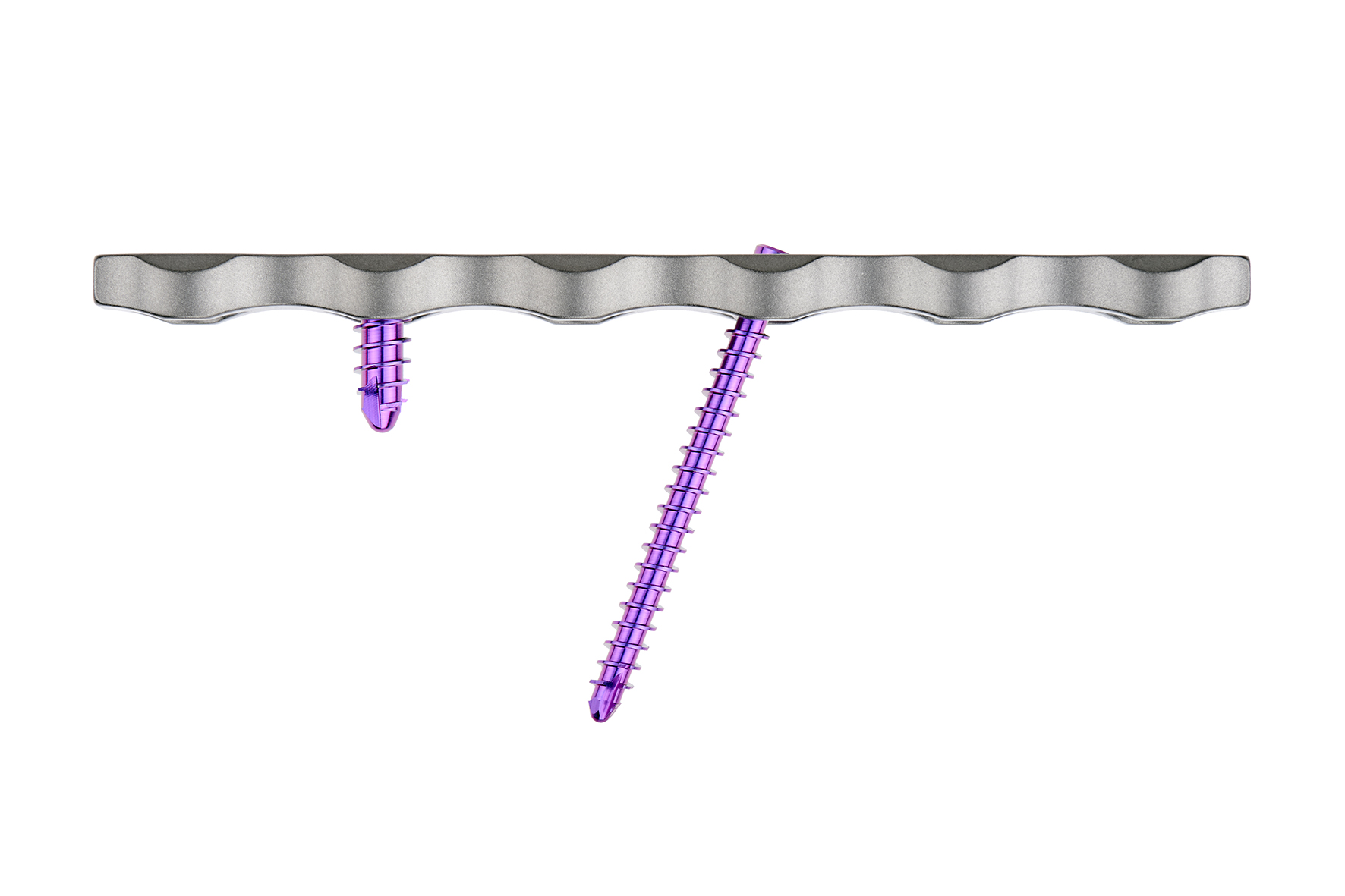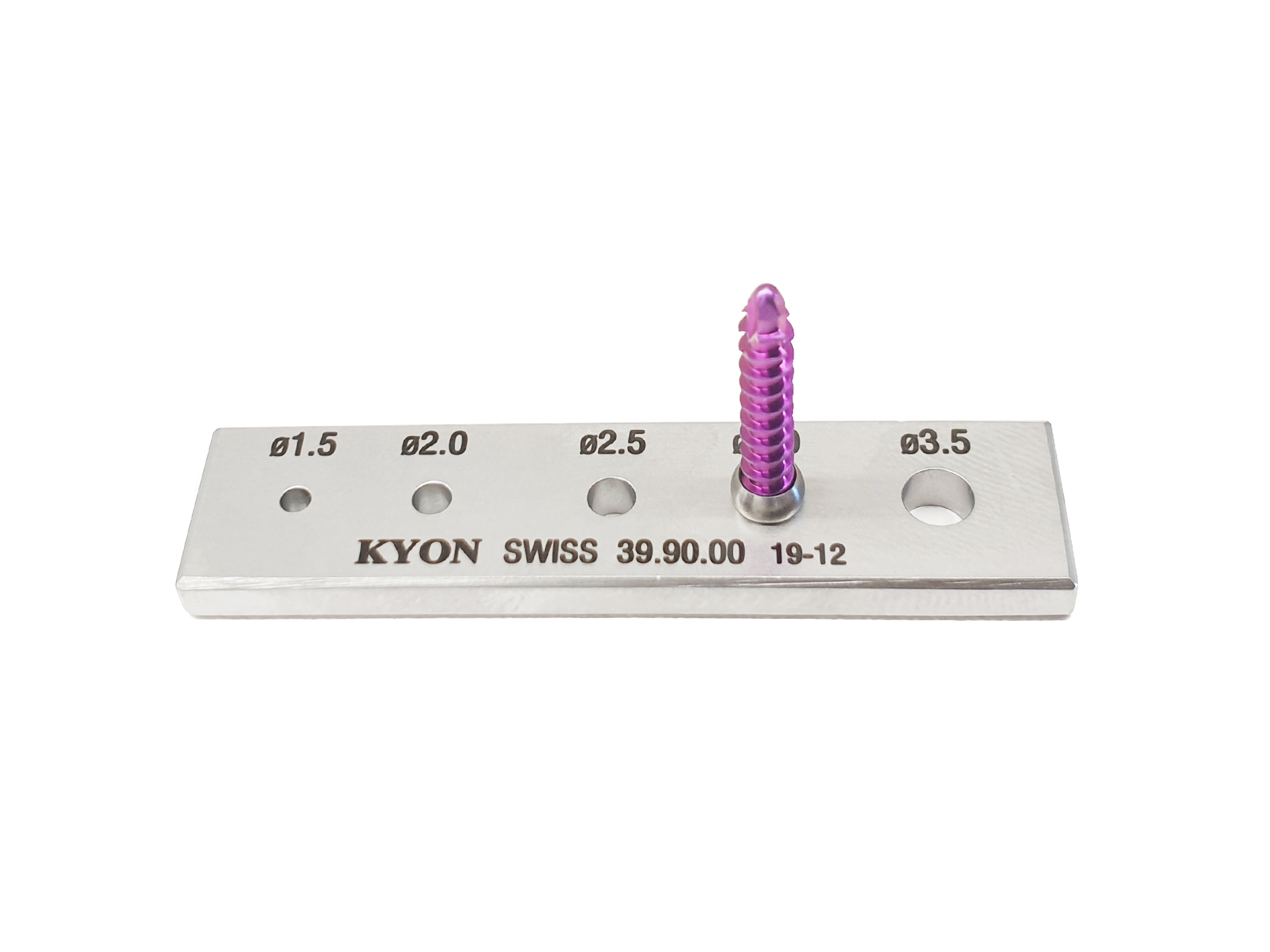 What are orthopedic screws?
What are orthopedic screws?Orthopedic screws can be used for the attachment of implants to the bone, bone to bone fixation, or for soft tissue fixation or anchorage. There are many different variations of screws available:
Reference: From
KLS™ with a bead can be inserted with up to 30° longitudinal and 5° transverse swivel.

The easiest way to remove a bead that is tightly sitting on a screw is to use the bead removal instrument.
Anchor seven different plate types, including TPLO and other osteotomy plates and fracture plates, with only two different screw types. Saves money and inventory space.
Learn moreWith over 20 years in the market, we understand there is little room for mistakes when treating patients. We offer better solutions and best quality. Without compromise.
Learn more